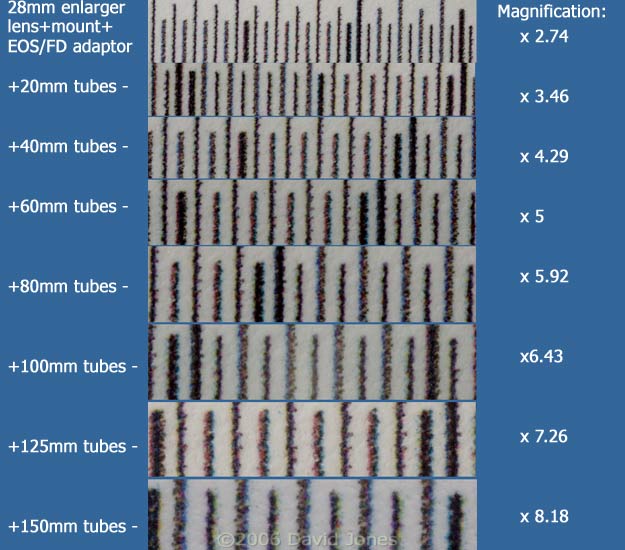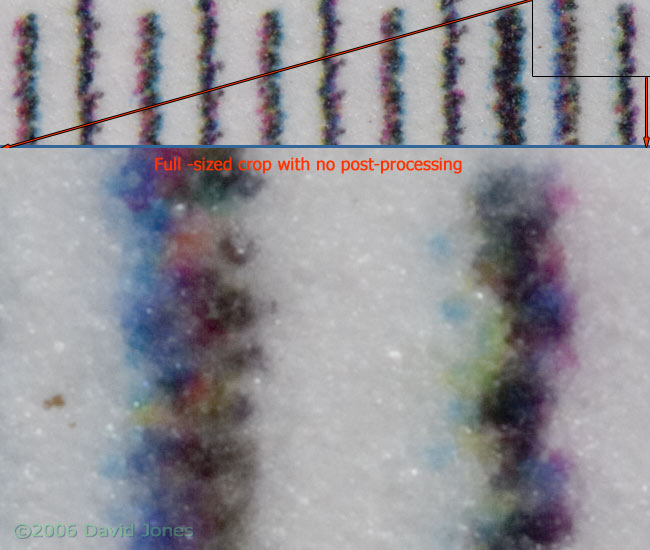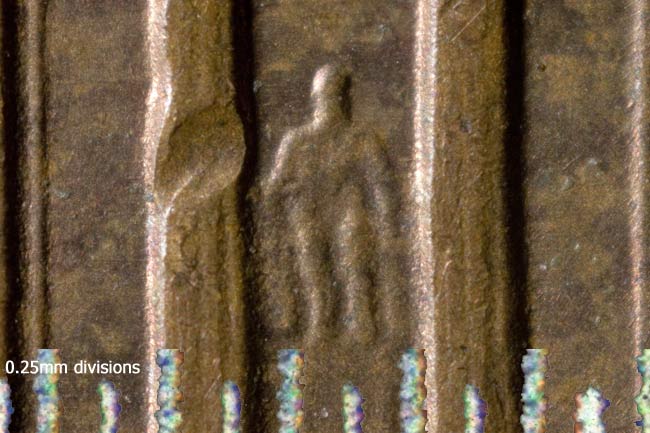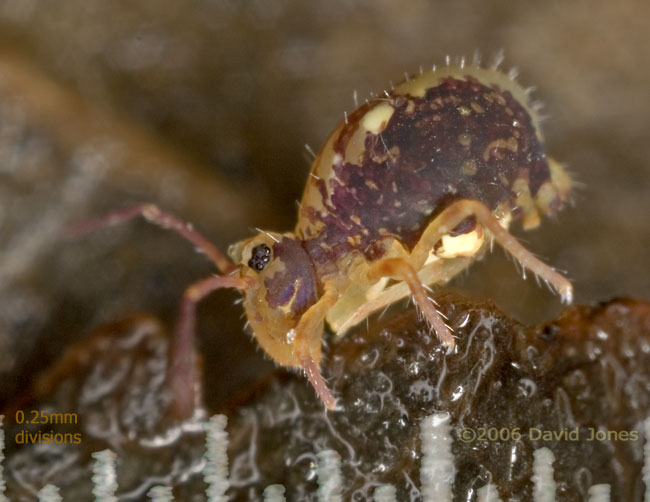Using a 28mm enlarger lens for extreme macro work
While the EF 100mm macro lens used with the Kenko extension tubes will provide me with a magnification of just over x2, I often need higher magnifications for my photography in the garden. For this I use enlarger lenses and a Canon Macrophoto lens.
On a photographic enlarger, the lens is focused on a negative placed close to it in order to produce a much larger image on the photographic paper. The lens design is optimised for focusing on a flat surface (the film) close to it. By mounting the lens in reverse on the camera I can take advantage of the enlarger lens. The object I wish to photograph is at the focus plane normally occupied by the film in the enlarger, and the camera sensor takes the place of the paper.
The information below refers to a Rodenstock Rodagon 28mm f4 lens. It has a 30.5mm filter thread and a step-up ring is used to mount it on the 40.5mm thread of the Canon FD adaptor I have made. This allows me to use the enlarger lens(s) on my FL and FD bellows, and/or extension tubes which then connect to the 20D camera via an EOS/FD adaptor.
(photo to be added soon)
The following illustration shows a full-frame width crop taken with each of the arrangements shown down the left-hand side, starting with just the lens, its mount and the EOS/FD adaptor, and then with extension tubes being added. The scales represent 0.25mm divisions.

The lens gives a good range of magnifications up to just over x8, with a working distance (lens front / plane of focus) ranging from 3.1cm with no extension tubes used, to 2.4cm with 150mm of tubes in place.
Note that there is a small gap between the range of magnification offered by this lens and the 100mm macro. I could cover the missing magnifications by getting extra EF extension tubes for that lens, but in the meantime I use a Rodenstock Rodagon 50mm f2.8 lens in the adaptor described above.
This next illustration shows the scale photographed again with the 28mm lens with 150mm extension, and I have added a full sized crop of one portion of it. The scale was printed onto coated matt photo quality paper using a Canon s820 printer. This image has not been sharpened, and the nature of the paper coating tends to give it a soft appearance. It reveals just how ragged are the black(!) straight lines produced by that printer.

And now, a 'real' photograph with the lens/ 150mm ext tube combination. This is a full frame image with a portion of the above scale superimposed on it (and inverted to make it clearer):

This is the statue of Lincoln found in the US 1 cent coin. At this scale (x 8.18) depth of field is very thin indeed, so that focusing on the pillars either side of Lincoln means that he will be out of focus. This means that the camera must be supported, in this case on a focusing rail, although even using the rail requires delicate adjustments.
Finally, This last image, of a springtail was taken using a 40mm extension (giving a 5.25x3.5mm field of view) and then cropped. The camera was hand-held, and I used my ring flash.

I have ignored the use of aperture in this article. I will try to illustrate its effects at these magnifications in another section in the near future.